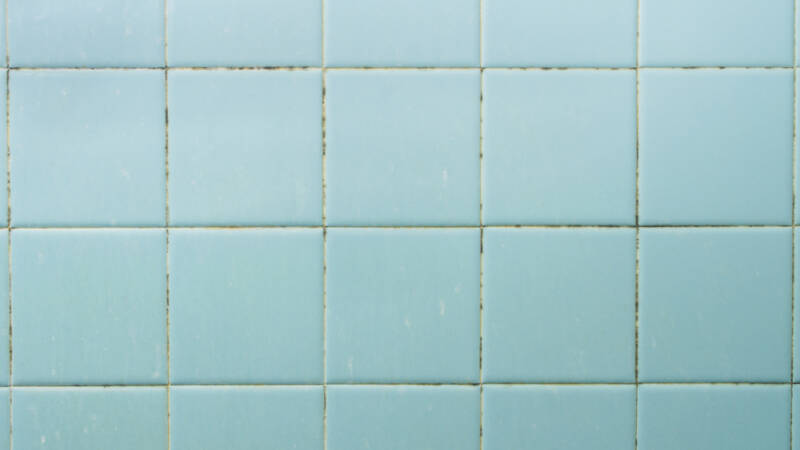Mold in The Home and What to Do When You Find It

Molds are types of fungi that occur naturally outside and are an important part of the ecosystem. However mold is most unwelcome when it finds its way into your home. It can be annoying at best and harmful at worst.
Mold is a common problem in residential properties, especially in damp or humid environments. While many types of mold are not dangerous, exposure to others can lead to serious health problems. Whether harmful or not, spreading mold can damage paintwork and wallpaper and sometimes the wall itself, as well as ruin the appearance of a room.
The Ways Mold Appears In The Home
Mold releases tiny spores which travel through the air. These spores can easily enter your home through windows, doors, vents and other openings, or be carried in on clothing, shoes or bags. Mold spores can land and grow on a variety of different materials, including carpet, textiles, paper and wood.
You are most likely to find mold in warm, damp spaces with minimal light. It often occurs around windows, in basements or attics, near showers, bathtubs or sinks, or around leaky pipes. Poorly-ventilated areas are also prone to mold, as spores will have more chance to settle on surfaces.
Common Household Molds
There are countless species of mold, many of which can be found around the home. Here are some of the most common culprits:
- Alternaria: The most common form of allergenic household mold. It appears as a brown-green “smudge” of small circular growths. It typically occurs under sinks, or around showers and bathtubs.
- Acremonum: A toxic mold that is white, pink, grey or orange in color. It grows in small patches and has a dust-like powdery residue.
- Aureobasidium: Another allergenic mold which is usually pink, black or brown. It is frequently found behind wallpaper or on painted surfaces.
- Aspergillus: One of the most common molds in American homes. It has flask-shaped spores which form long chains on painted surfaces. There are over 180 known varieties of this mold, many of which are carcinogenic.
- Chaetomium: Most often found in water-damaged homes and recognizable by its musty smell. This mold has a cotton-like texture and a color which darkens over time. It is often found in basements, attics and crawl spaces.
- Cladosporium: This darkly colored, speckled mold is unusual in that it can be found in both warm and cold places. It thrives in textiles, as well as on hard surfaces.
- Mucor: A white or grey-colored mold that grows quickly and typically forms thick patches. It is found in old, damp fabrics and near air conditioning units. Exposure should be avoided, as it is one of the more dangerous molds in this list.
- Stachybotrys: The most recognizable black mold. It sometimes appears with a greenish tinge and is much like Alternaria in its texture. This type of mold is slimy to the touch and loves damp, humid spots.
The Health Effects of Mold
Many common forms of mold are allergenic, in that they cause allergic reactions. You may experience the following symptoms if you have allergenic molds in your home:
- Irritated eyes
- Sneezing
- Coughing
- Sore throat
- Skin irritation
- Runny or congested nose
- Chronic nosebleeds
- Headaches
Some more dangerous forms of mold are toxic to human beings and can cause serious health problems with prolonged exposure.
What To Do Next
While there are DIY mold removal sprays and other products available for use around the home, it is always a smarter move to limit your exposure to potentially harmful molds by calling in a professional.
To find a qualified professional, search online and be sure to read reviews from previous customers. Be sure they have liability insurance for mold removal, provide a copy of the cleanup protocol, and a written work guarantee. You also need to choose a company that actually removes the mold and not just “seals” or “encapsulates” the mold, as this means they’ll just cover it up